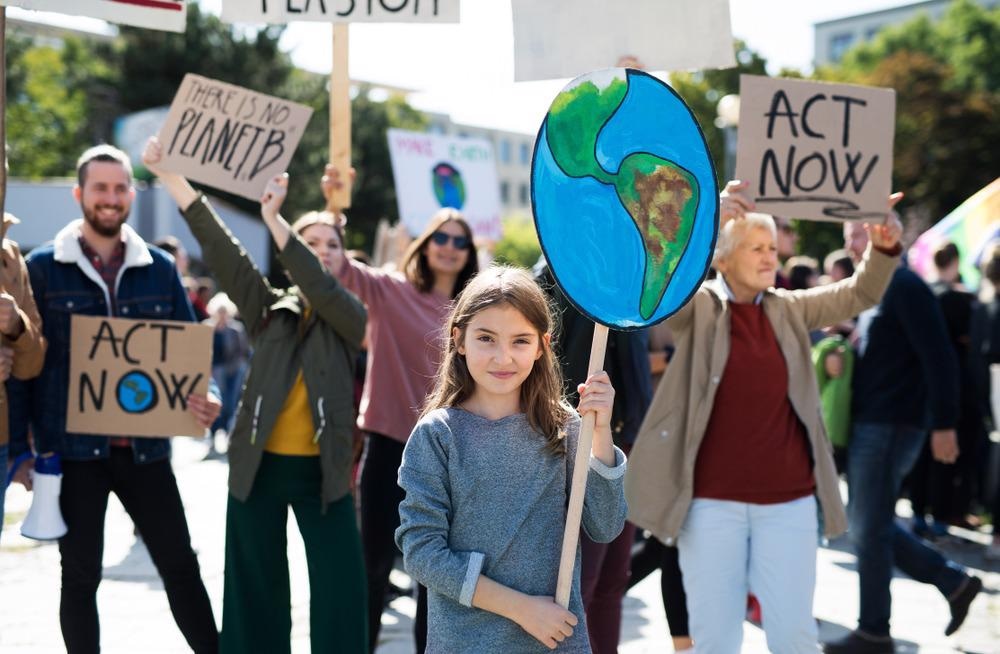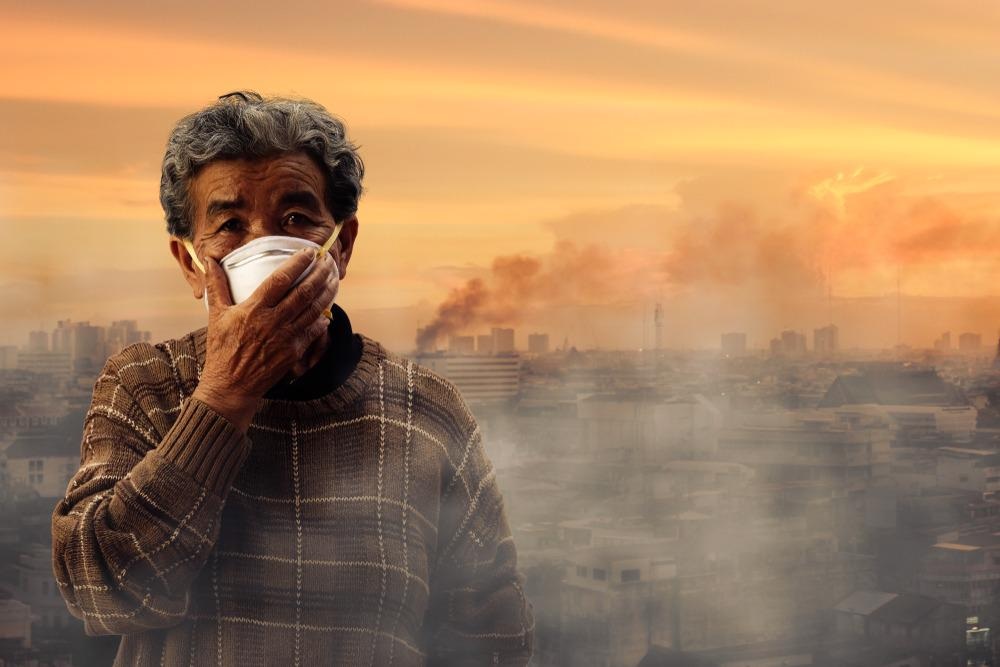[ad_1]
The climate crisis is a leading cause of death and severe illness in the world. Climate crisis can cause healthcare crisis by causing extreme weather events such as heat stress, worsening water quality and air quality, disruption of food safety or security, disruption to ecosystems, and subsequent inductions of zoonotic disease.

Image Credit: Halfpoint/Shutterstock.com
What is climate crises?
Climate crisis refers to prolonged changes in weather dynamics or environmental temperatures. These changes can be induced by an altered sun cycle. A large portion of the climate crisis is caused by human activities such as burning fossil fuels like oil, gas, or coal.
Carbon dioxide and methane are greenhouse gases. They are created when fossil fuels are burned. They trap solar heat and increase global temperature. Energy systems, industry and transport are the major sources of greenhouse gases.
Because of the climate crisis, the earth has become 1.1°C warmer than it was the late 1800s. The highest rise in earth temperature has been observed in the last decade (2011 – 2020). The major effects of the climate crisis are severe droughts, reduced water supplies, severe wildfires; increasing sea levels and floods; melting glaciers; catastrophic storms; poor air quality and worsening biodiversity.
According to a United Nations (UN) report published in 2018, the extreme impact of the climate crisis can be avoided by restricting global warming to 1.5°C. However, environmental scientists and experts forecast that global warming will reach 2.7°C by the end of the century.
How can the climate crisis affect healthcare?
Many aspects of the climate crisis can have a direct impact on healthcare and general wellbeing.
Global warming
It is now well-documented in the literature that an increase in global temperature above 1.5°C is going to have irreversible healthcare consequences. Over 65-year-olds have seen a 50% increase in death from heat over the past 20 years. Heat stress can have many adverse health effects, including dehydration and cardiovascular, pulmonary and kidney disorders, allergies and pregnancy-related complications. It can also cause skin cancers, severe heat stress, and tropical infections. These effects are more severe in vulnerable individuals, such as young children, older adults and people with comorbidities, socioeconomically deprived, and ethnic minorities.
Global warming has led to a 1%-5% decrease in global crop yields since 1981. This has led to a significant increase in malnutrition at the population level. Large-scale destruction of natural habitats, species, and ecosystems has had severe consequences for water and food security. These climate change issues have greatly increased the risk for pandemics.
Wildfire
Wildfire is another consequence of the climate change. Climate change has caused summer to become hotter and dryer. The summer heat and dryness of the soil can lead to a rise in flammable vegetation, which can ignite forests. Climate change also makes it easier to ignite wildfires with lightning strikes and intense heat waves.
Indirect and direct ways, wildfires can impact healthcare. Wildfires can pose a direct threat to healthcare workers if they are exposed to them. Direct effects include heat-related illnesses, burns, injuries, heat cramps due to heatstroke and dehydration, trauma and other mental issues (post-traumatic Stress Disorder, depression, and sleep apnea), as well as death.
Indirect effects are caused by smoke from wildfires that causes eye problems in people who live nearby. Eye irritation, corneal erosion, and vision impairment are the most common issues.
Another consequence of wildfire-generated smoke is severe air pollution. Particulate matter and nitrogen oxides are the most prevalent air pollutants.
Wildfires can increase the risk of respiratory diseases such as asthma, chronic obstructive lung disease, and infections. Evidence suggests that wildfire particulate material is more toxic than that from urban sources. This is due to its smaller particle size and higher content of oxidative elements. Other short-term effects include cardiovascular problems and pregnancy-related complications.
Air pollution
Climate change-induced air pollution has a severe impact on healthcare. It increases ground-level ozone levels and particulate matter, which can severely affect healthcare. An increase in air pollutants is associated with impaired lung function, higher hospital admissions and a greater risk of premature death. It has been predicted that by 2050, about 1000 – 4,300 additional premature deaths will occur nationally per year due to the combined effects of ozone and particulate matter.
Allergen exposure
Climate change has increased the atmospheric concentration of pollens. Allergy reactions can be caused by exposure to pollens. The most common symptoms include sneezing and runny nose.
Eye inflammation (allergic Conjunctivitis) can also be caused from pollen exposure. This is characterized by itchy, red eyes and watery eyes. Asthma sufferers or those with other respiratory conditions may experience more severe allergic reactions to pollen. These allergies could increase the incidence of asthmatic attacks, hospital admissions, and other health problems.
Vector-borne diseases
Climate crisis is directly linked to changes in distribution patterns for vector-borne diseases like dengue, malaria and chikungunya. Climate change, changes in land use, pest control availability, socioeconomical and cultural factors, as well as human responses to disease risk, all have an impact on the geographic and seasonal distributions of disease-carrying mosquitoes (fleas, ticks and mosquitoes).).
Transmission of infectious diseases can be sensitive to even the slightest change in climate, land use and animal host diversity. Human behaviors that favor vector-human contact are also important.

Image Credit: seamind224/Shutterstock.com




